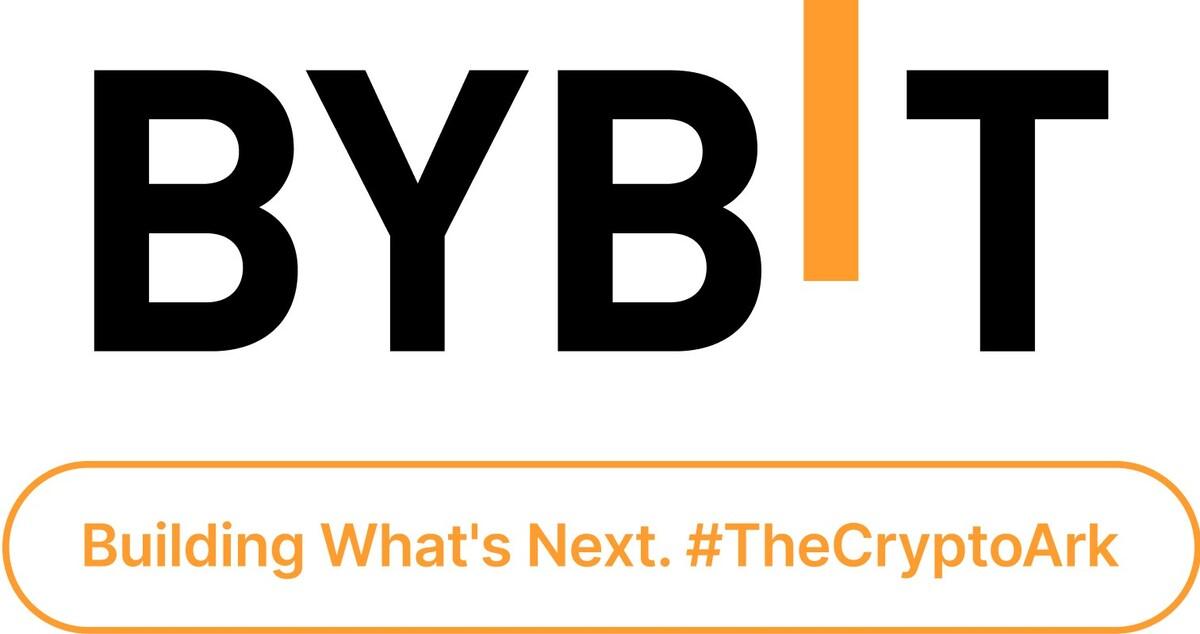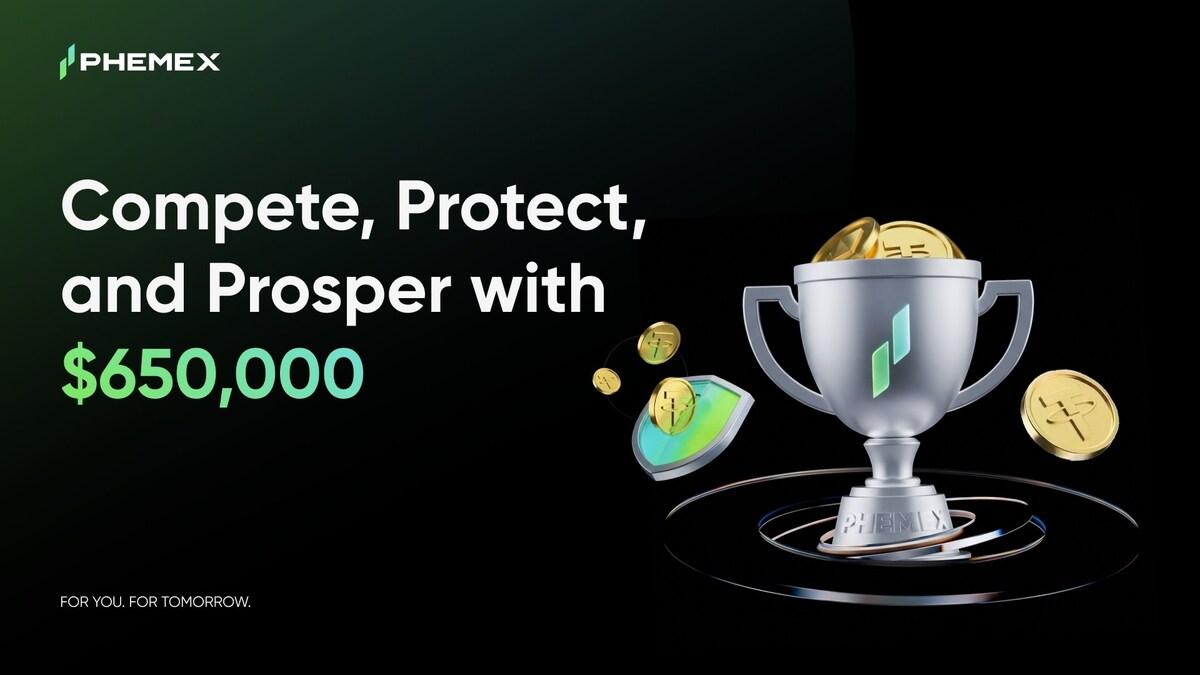Uniswap V2 Review: Discover The Ultimate Platform For Swapping And Staking Crypto
Uniswap V2 review is a decentralized exchange (DEX) that operates on the Ethereum blockchain. Uniswap has been a popular choice for many traders in the cryptocurrency market, and its latest version, Uniswap (V2), has brought many improvements and new features to the platform.

About Uniswap (V2)

Uniswap V2 was launched in May 2020 and quickly gained popularity among traders and users. The main difference between Uniswap V1 and V2 is the introduction of liquidity pools. Uniswap V1 relied on users to provide liquidity for trading pairs, which made it difficult to trade low-volume assets. Uniswap V2 introduced liquidity pools, which allow users to deposit assets into a pool and earn fees based on the trading activity in that pool.
One of the key advantages of Uniswap V2 is its ability to handle a large number of trading pairs. This is thanks to its automated market maker (AMM) system, which ensures that there is always a price available for any given trading pair. This is achieved by using a mathematical formula that calculates the price of an asset based on the balance of the assets in the liquidity pool.
Uniswap V2 also introduced the concept of flash swaps, which allow users to borrow any ERC-20 token without collateral for a short period of time. Flash swaps are a powerful tool for traders, as they allow them to take advantage of arbitrage opportunities and execute complex trading strategies.
Another important feature of Uniswap V2 is its focus on security. The platform is built on the Ethereum blockchain, which is known for its robust security features. Additionally, Uniswap V2 has implemented various security measures, such as multi-signature wallets, to ensure that user funds are safe and secure.
One potential drawback of Uniswap V2 is its high gas fees. Gas fees are the fees paid to Ethereum miners for processing transactions on the blockchain. Due to the high demand for Ethereum transactions, gas fees on Uniswap V2 can be expensive, especially during periods of high trading activity. However, Uniswap V2 has introduced a feature that allows users to set a maximum gas price for their transactions, which can help reduce the cost of trading.
Uniswap V2 has brought many improvements and new features to the platform. Its focus on security, ability to handle a large number of trading pairs, and introduction of flash swaps make it a popular choice among traders and users in the cryptocurrency market. However, its high gas fees may be a barrier to entry for some users. Nevertheless, Uniswap V2 remains one of the most popular decentralized exchanges in the market and is likely to continue to grow and evolve in the coming years.
Uniswap (V2) founder and company funding

The founder of Uniswap (V2) is Hayden Adams, a former mechanical engineer at Siemens and a graduate of Stony Brook University.
Adams created the Uniswap (V1) protocol in 2018 as a side project while working at Siemens. The success of the first iteration led him to leave his job and focus full-time on developing the platform. Uniswap (V2) was launched in May 2020 and introduced several new features, such as flash swaps and improved price oracles. These features have made Uniswap (V2) one of the most popular DEXs in the decentralized finance (DeFi) space.
Uniswap (V2) has attracted significant funding from some of the biggest names in the venture capital space. The company raised a seed round from Paradigm, a venture capital firm that invests in blockchain and cryptocurrency-related projects. The funding round helped Uniswap (V2) raise enough capital to build the infrastructure for the platform and launch it successfully.
In May 2020, Uniswap (V2) raised $11 million in a Series A funding round led by Andreessen Horowitz. The Silicon Valley-based venture capital firm is known for its investments in tech startups such as Facebook, Airbnb, and Coinbase. The funding round also included participation from other investors, such as Union Square Ventures, Paradigm, and Version One.
The funding from the Series A round has enabled Uniswap (V2) to expand its team and continue to develop new features for the platform. The funding has also helped the company improve its user interface, making it easier for users to navigate the platform and execute trades. The investment from top venture capital firms has also boosted the credibility of Uniswap (V2), making it a highly attractive platform for cryptocurrency traders and investors.
Overview
Uniswap V2 is our second iteration of Uniswap and includes many new features and improvements. This article will serve as a high-level overview of these changes including:
ERC20 / ERC20 Pairs
In Uniswap V2, any ERC20 token can be pooled directly with any other ERC20 token. Wrapped Ether (WETH) is used instead of native ETH in the core contracts, although end users can still use ETH through helper contracts.
In Uniswap V1, all liquidity pools are between ETH and a single ERC20 token. Having a constant numeraire provides a nice UX advantage — users can swap any ERC20 for any other ERC20 by routing through ETH. Since ETH is the most liquid Ethereum-based asset, and does not introduce any new platform risk, it was the best choice for Uniswap V1.

However, the introduction of ERC20 token/ERC20 token pools in Uniswap V2 can be useful for liquidity providers, who can maintain more diverse ERC20 token denominated positions, without mandatory exposure to ETH. One example would be a DAI/USDC pair, which should theoretically have little volatility for liquidity providers, but is useful for trading.
Having direct ERC20/ERC20 pairs can also improve prices because routing through ETH for a swap between two other assets (say, DAI/USDC) involves paying fees and slippage on two separate pairs instead of one.
If two ERC20 tokens are not paired directly, and do not have a common pair between them, they can still be swapped as long as a path between them exists. Router contracts can be used to optimize between direct and multi-step swaps.

We still anticipate ETH pairs being very popular, but expect to see growth in other types of pairs over time.
Price Oracles
Uniswap V2 implements new functionality that enables highly decentralized and manipulation-resistant on-chain price feeds. This is achieved by measuring prices when they are expensive to manipulate, and cleverly accumulating historical data. This allows external smart contracts to create gas-efficient, time-weighted averages of Uniswap prices across any time interval.
On-chain price feeds are a critical component for many decentralized financial applications including those similar to derivatives, lending, margin trading, prediction markets and more. Despite closely tracking the real-world price most of the time, Uniswap V1 cannot be used safely as a price oracle because the price can move significantly in a short period of time.
Uniswap V2 includes a number of improvements for price feeds built on top of it. First, every pair measures (but does not store) the market price at the beginning of each block, before any trades take place. This price is expensive to manipulate because it was set by the last transaction in a previous block.
To set the measured price to one that is out of sync with the global market price, an attacker has to make a bad trade at the end of a previous block , typically with no guarantee that they will be able to arbitrage it back in the next block. Attackers will lose money to arbitrageurs, unless they can “selfishly” mine two blocks in a row. This type of attack presents a number of challenges and has not been observed to date.
This alone is not enough. If significant value settles based on the price resulting from this mechanism, then the profit of an attack likely can outweigh the loss.
Instead, Uniswap V2 adds this end-of-block price to a single cumulative-price variable in the core contract weighted by the amount of time this price existed. This variable represents a sum of the Uniswap price for every second in the entire history of the contract.

This variable can be used by external contracts to track accurate time-weighted average prices (TWAPs) across any time interval.
This is done by reading the cumulative price from an ERC20 token pair at the beginning and at the end of the interval. The difference in this cumulative price can then be divided by the length of the interval to create a TWAP for that period.

TWAPs can be used directly or as the basis for moving averages (EMAs and SMAs) as needed.
A few notes:
- For a 10-minute TWAP, sample once every 10 minutes. For a 1-week TWAP, sample once every week.
- For a simple TWAP, the cost of manipulation increases (approx. linear) with liquidity on Uniswap, as well as (approx. linear) with the length of time over which you average.
- Cost of an attack is relatively simple to estimate. Moving the price 5% on a 1-hour TWAP is approximately equal to the amount lost to arbitrage and fees for moving the price 5% every block for 1 hour.
There are some nuances that are good to be aware of when using Uniswap V2 as an oracle, especially where manipulation resistance is concerned. The whitepaper elaborates on some of them. Additional oracle-focused developer guides and documentation will be released soon.
In the meantime, check out our example implementation of a 24 hr TWAP Oracle built on Uniswap V2!
Flash Swaps
Uniswap V2 flash swaps allow you to withdraw as much as you want of any ERC20 token on Uniswap at no upfront cost and do anything you want with them (execute arbitrary code), provided that by the end of the transaction execution, you either:
- pay for all ERC20 tokens withdrawn
- pay for a percentage of ERC20 tokens and return the rest
- return all ERC20 tokens withdrawn
Liquidity provider fees are enforced by subtracting 0.3% from all input amounts, even if the input ERC20 tokens are being returned as part of a flash swap.

It is often the case that a series of transactions on Ethereum has a high upfront cost but ultimately a low net cost or is even net profitable by the end of the series. Flash swaps are incredibly useful because they remove upfront capital requirements and unnecessary constraints on order-of-operations for multi-step transactions that use Uniswap.
Where is Uniswap (V2) based?
Uniswap (V2) headquarters situated in New York City. With a mission to make decentralized finance (DeFi) more accessible and user-friendly, Uniswap has become one of the most popular decentralized exchanges in the market.
Uniswap (V2) restricted countries
Despite its wide acceptance, Uniswap is not available in some countries due to government sanctions imposed by the US government. As of July 2022, users from ten countries have been restricted from accessing the Uniswap platform. These countries include Belarus, Cuba, Iran, North Korea, Syria, Côte d’Ivoire, Liberia, Sudan, Zimbabwe, Iraq, and Iran.
The decision to restrict access to Uniswap for users in these countries is based on US government sanctions, which prohibit any form of financial transactions with countries considered to be a threat to national security or human rights. As a result, Uniswap has taken the necessary measures to comply with these sanctions, protecting both its users and the company from any legal implications.
This restriction has been met with mixed reactions, with some people arguing that it goes against the very principles of decentralized finance, which is to provide financial access to anyone, anywhere in the world, without any restrictions. However, others believe that Uniswap’s compliance with government sanctions is necessary to ensure its long-term viability and success in the market.
Despite the restriction, Uniswap has continued to grow in popularity, with its user base increasing steadily over the years. This growth can be attributed to its unique features, such as the use of automated market makers (AMMs), which allow users to trade without the need for traditional order books, and the ability to easily list new tokens on the platform.
List of supported coins
Uniswap (V2) is a permissionless decentralized exchange that allows users to trade tokens without a central authority. This exchange operates on the Ethereum blockchain and allows anyone to provide liquidity for trading. One of the benefits of Uniswap is that it allows the listing of a wide variety of tokens.
As a result of this, Uniswap has become one of the most popular decentralized exchanges in the cryptocurrency industry. The most liquid tokens supported by Uniswap at the time of writing include stablecoins and wrapped tokens such as USDC, Wrapped BTC, wETH, and DAI. Stablecoins are cryptocurrencies that are pegged to the value of a stable asset like the US dollar, which makes them less volatile compared to other cryptocurrencies. Wrapped tokens, on the other hand, are tokens that represent other assets like Bitcoin or Ether, which are held in custody by a third-party and represented on the Ethereum blockchain.
Uniswap’s support for these tokens has helped to increase liquidity on the exchange, which has in turn attracted more traders and investors. This has led to an increase in trading volumes and a rise in the value of some of the tokens supported by Uniswap. Furthermore, Uniswap is continually adding new tokens to its platform, which is expected to increase its popularity even further.
It is important to note that Uniswap does not charge any listing fees or require any approvals for tokens to be listed. This means that anyone can list their token on the platform, which has led to some controversy in the past. However, the Uniswap team has implemented measures to reduce the risk of scams and fraudulent tokens being listed on the platform.
Fee of Uniswap (V2)?
The V2 version of Uniswap charges a fee of 0.3% per token swap. This means that every time a user swaps one token for another on Uniswap, they have to pay a fee of 0.3% of the total transaction value. This fee is split into two parts: 0.05% goes to the Uniswap protocol, and the remaining 0.25% is allocated to liquidity providers.
The 0.05% fee that goes to the protocol is used to fund the development and maintenance of Uniswap. This fee is relatively small compared to the 0.3% fee charged by centralized exchanges like Binance and Coinbase. However, it is worth noting that Uniswap’s protocol fee is taken on every transaction, whereas centralized exchanges charge a fixed fee per transaction.
The 0.25% fee that goes to liquidity providers is one of the key incentives for users to provide liquidity to Uniswap. Liquidity providers are users who deposit tokens into Uniswap’s liquidity pools, which are used to facilitate trades on the exchange. In exchange for providing liquidity, they receive a portion of the trading fees generated by the pool. The amount of fees they earn depends on their share of the liquidity pool.
The 0.25% fee allocated to liquidity providers is also relatively high compared to the fees offered by other DeFi platforms. This high fee incentivizes more users to provide liquidity to Uniswap, which helps to improve the overall liquidity of the platform.
DISCLAIMER: The Information on this website is provided as general market commentary and does not constitute investment advice. We encourage you to do your research before investing.
Join us to keep track of news: https://linktr.ee/coincu
Website: coincu.com
Annie
Coincu News













